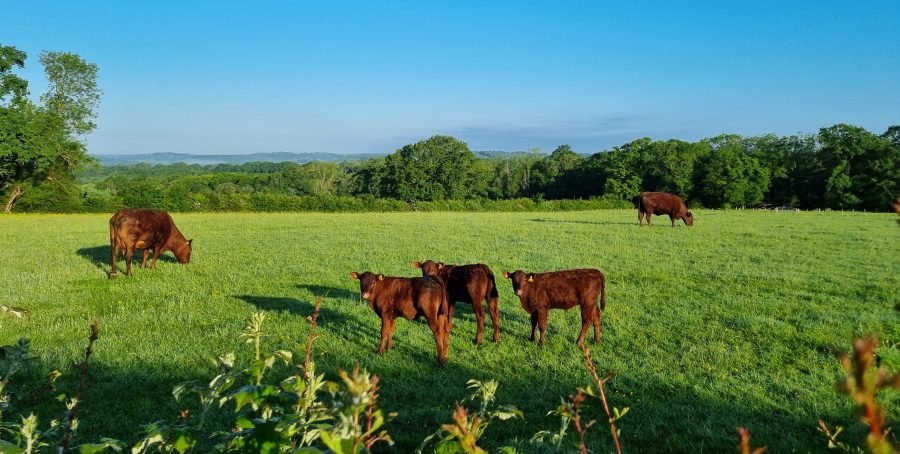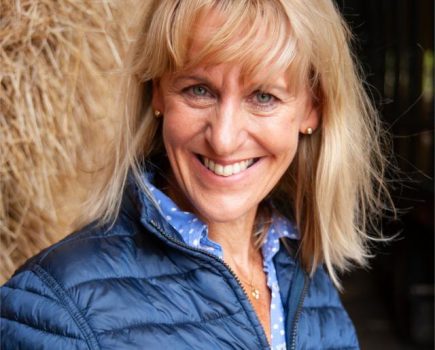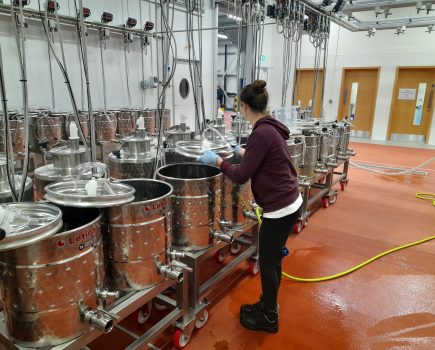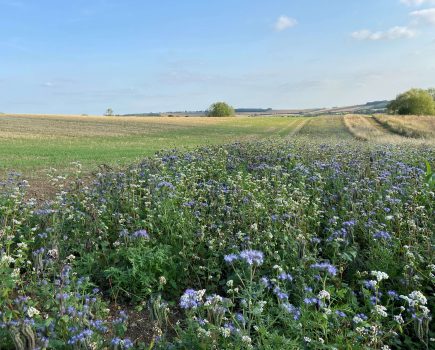The Sustainable Farming Incentive (SFI) 2023 opened for applications just over a year ago, so now is the perfect time to take stock and plan ahead, writes Kevin Jay at CLM.
Many farmers are now approaching the 11th or 12th month of their initial agreement – the window during which they need to submit their first ‘annual declaration’.
While the process of doing this is fairly straightforward, it’s important to ask yourself some frank questions. Have you been compliant with your agreement? Have you completed the management plans if you said you were going to do those? Have you done the rotational aspects you specified you would? And will you be growing the same areas of such things as cover crops, overwinter stubbles and wild bird mix – and in the same or different places – next year?
Unlike in the days of Basic Payments (BPS), when everyone had the fixed calendar date of 15 May clearly etched in their minds, the SFI has a rolling application window, so the timing of the declaration depends on the start date of your agreement. It is, therefore, potentially easier to overlook the declaration window, especially given that payments would have been arriving quarterly up to this stage anyway – but you won’t receive your fourth quarterly payment until you’ve done it.
Try not to treat the process simply as a tick-box exercise. It’s important to check everything, like you would with a Countryside Stewardship (CS) agreement or for your BPS claim. View this as the ideal moment for an annual sit-down to review your cropping plans.
This can be specifically in relation to the areas covered by an SFI agreement – should you, for example, be doing more or less of the rotational options that you have in your agreement? (Depending on where you might be moving rotational actions to, you may also need to update your land use information on the Rural Payments website.)
Obviously, however, it makes sense to consider this with your wider plans, remembering that the 2024 SFI expanded offer has a much wider range of actions. Perhaps you should be entering a new agreement, in tandem with your existing 2023 one?
The 2024 offer certainly contains some appealing actions. In a 2023 agreement, extensively managed permanent pasture would have qualified for a low-input grassland payment of £151/ha. In 2024, you could potentially also receive a haymaking supplement, cattle grazing supplement and/or a rare breed grazing supplement, which could more than double that figure.
Such opportunities mean the payments available under SFI and other schemes could now collectively fill the hole left by disappearing BPS revenue. Assume your BPS payment was £220/ha in 2020; if you received that £151/ha plus the late-cut haymaking supplement (GRH8) of £187/ha, as well as the cattle grazing (GRH11) at £59/ha, you could end up at £397/ha.
With regard to SFI 2024, it’s worth bearing in mind that while the payments for no-till (SOH1) and variable rate application of nutrients (PRF1) offer attractive sums of £73/ha and £27/ha respectively, you need to look in detail at whether or not you can deliver them in practice. Lots of farmers are drawn to the idea of variable nutrient application because it so clearly makes environmental and commercial sense, but may not have the (often-expensive) equipment required to do it.
Looking ahead, DEFRA is claiming it’s not intending to reinvent the wheel annually when it comes to SFI – although its seeming preparedness to do so for the past three years has been frustrating. We are hoping there will be further announcements before Christmas with regard to, at the very least, further actions available under the expanded 2024 offer, but we also need far more clarity on CS and for the many issues with the application processes to be fixed.
The current uncertainty makes it difficult to plan and farmers feel stuck, especially where they have multiple agreements. One client, for example, has an entry/higher level stewardship agreement due to run until 2028, an SFI agreement started in March 2024 and a CS mid-tier agreement which ends at the end of this year.
Deciding if, how and when to replace these agreements requires careful planning. This planning would be greatly aided by more clarity about what will be available and how to shift between schemes, along with a fit-for-purpose, easy-to-use process for applications and any subsequent switches.
In the meantime, the priority should be to review your plans on the basis of the information you do have and to lock-in payments which make sense in the context of your wider business objectives.
For more like this, sign up for the FREE South East Farmer e-newsletter here and receive all the latest farming news, reviews and insight straight to your inbox.







